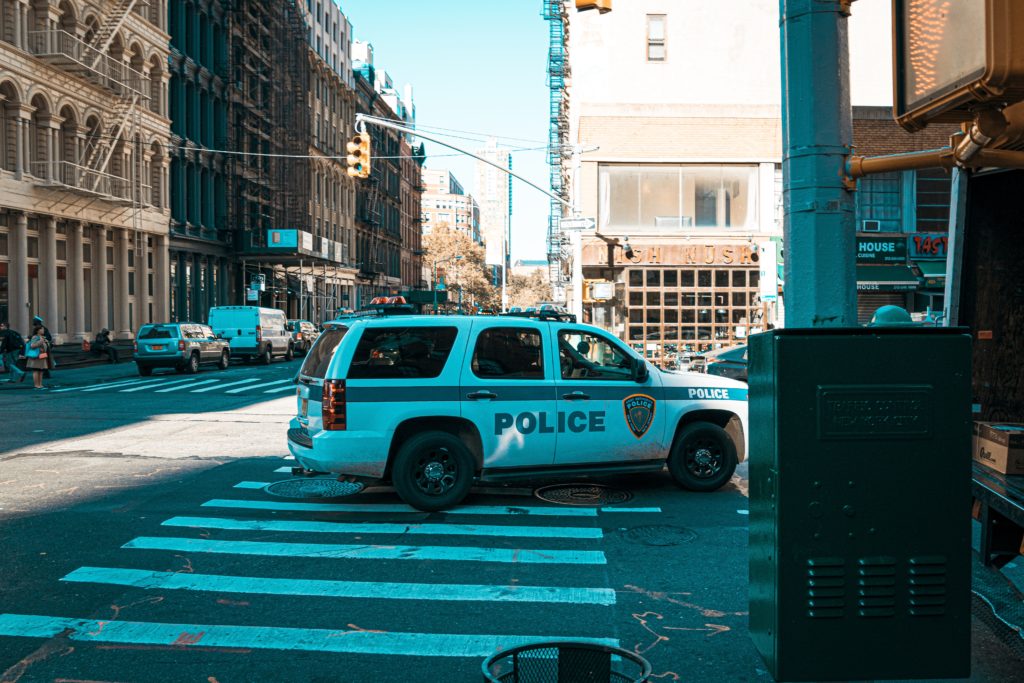How Police Officers Are Supposed To Navigate Intersections

If you have been in a crash involving an emergency vehicle, you may be wondering who is at fault and what your options are. There are laws in Texas that regulate the conduct of operators of emergency vehicles to ensure the safety of drivers operating passenger vehicles.
Emergency Vehicles
Emergency vehicle types can include:
- Fire department or police vehicle;
- Public or private ambulance;
- Another emergency medical services vehicle operating under a license issued by the department of state health services;
- Or the private vehicle of a fire or medical services volunteer/employee if they are using it to respond to an emergency situation.
When applicable, these vehicles should identify themselves with audio and visual signals (lights and sirens), as well as ensure the identifying branding on their vehicle is visible and identifiable to other road users.
Requirements for Drivers Encountering Emergency Vehicles
While driving in Texas, there are steps a driver must take if they encounter an emergency vehicle. The driver should first and foremost abide by any instructions given by a police officer at the scene.
If an emergency vehicle approaches with lights and sirens, the operator of a passenger vehicle must yield the right-of-way to the emergency vehicle. As soon as it is safe to do so, the passenger vehicle must pull over parallel as close as possible to the right-hand curb. The passenger driver is not expected to pull over in the middle of an intersection. After pulling over, the driver should stop and remain stationary until the emergency vehicle has safely passed.
Requirements for Emergency Drivers
The driver of the emergency vehicle is responsible for operating it safely at all times. Responding to an emergency situation does not relieve the driver of the duty to drive with due care and caution. When approaching an intersection in which they don’t have the right of way, the driver of the emergency vehicle should be prepared to stop.
An emergency vehicle driver shouldn’t rely on their warning devices to clear traffic—sirens don’t automatically give the emergency vehicle the right of way, they just act as a request for other drivers around them to yield their right of way. The operator should also change the cadence of their siren before coming within 200 feet of the intersection.
An emergency vehicle driver should avoid using the lane for oncoming traffic unless absolutely necessary. They should only attempt to pass on the right as a last resort, and only when all other traffic is stopped. Emergency vehicles may proceed through red lights or stop signs, but only after slowing and ascertaining that it is safe to do so. While operators of emergency vehicles are permitted to use their discretion to override some traffic laws if the situation requires, Texas law does not relieve the operator of the consequences of reckless disregard for the safety of others.
Claims in Emergency Vehicle Accident Cases
If involved in an accident with an emergency vehicle, a driver may be entitled to compensation in the form of damages to cover medical bills, car repair bills, and other costs encountered. An accident claim that involves a government vehicle has a different process from a regular civilian car accident. This is because there may be more than one party liable as the driver was acting on behalf of their agency. When bringing a claim against a government agency, there is a shorter statute of limitations: claims must be brought within six months.
In Texas, there are limits on how much compensation you may be entitled to when bringing a claim against a government agency. Generally, the limit is no more than $250,000 per person, $500,000 per occurrence for bodily injury, and $100,000 per occurrence for damaged property.
Determining Liability in Emergency Vehicle Accident Cases
If you decide to file a claim in your emergency vehicle accident case, a lawyer will be able to assist you in determining liability. They will investigate which parties are at fault and whether the drivers involved acted in a manner that breached their duty of care requirements.
A lawyer will work to get you the fair compensation you may be owed after this distressing accident. You shouldn’t have to navigate this process alone. Contact The Lenahan Law Firm today at (214) 295-1008 for an experienced Dallas emergency vehicle accident lawyer to assist with your claim.